'I Want to Dream': Jonathan Rosen's poignant statements in Paris
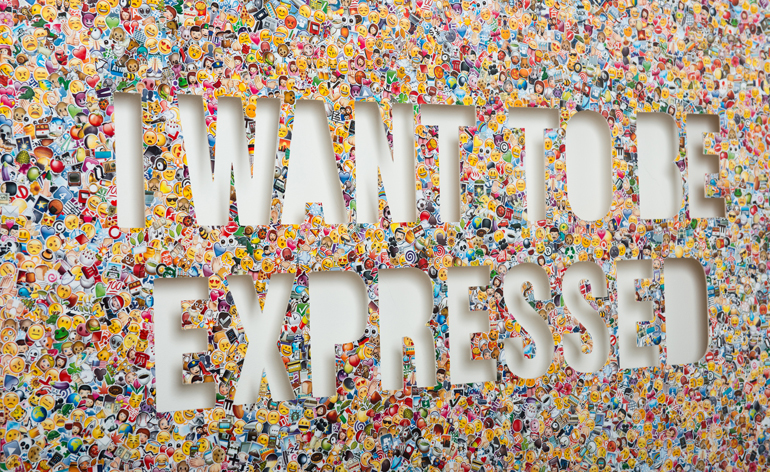
Jonathan Rosen had conceived an I Want Peace canvas for his solo show at Colette before the Paris terrorists attacks on November 13. The acrylic sheet to support the toile had been fabricated with the requisite cutout block lettering. He intended to cover the surface with thousands of orange foam earplugs. It would be a vibrant, double entendre addition to a series that explores desires, aspirations and confessions through familiar mixed media.
With ten days separating such unconscionable circumstances and the opening of his 'I Want to Dream' exhibition, the New York-based artist was encouraged by Colette’s Sarah Andelman that the show should, indeed, go on. If the title aligned nicely with the start of the holiday season, it became even more profound. As the Yoko Ono quote at the heart of series notes, 'A dream you dream alone is only a dream, a dream you dream together is a reality.'
But even removed of all context, Rosen’s creative concept makes a forceful first impression. All identical in size (122 cm x 183 cm), the canvases doubly communicate through their wallpaper-effect motifs and sans serif typography as negative space. I Want to be Found consists of Where’s Wally? illustrations; white feathers blanket I Want to Fly; the collage of I Want to Escape comes from Rosen’s movie ticket stubs; I Want a Cookie in blue faux fur needs no further explanation. I Want to be Expressed is arguably the most zeitgeist-y of all: 13,000 emoji stickers.
Perhaps unsurprisingly, Rosen had established a solid career in advertising before pivoting to visual arts roughly two years ago. Like a confluence of existential crisis and imaginative outburst, he realised how much he yearned to convey feelings – from insecurity to acceptance – that were likely shared by others. Where advertising acted like a 'quick hit' of creativity, he says this process has infused him with 'creative joy'.
'With art, it’s everlasting, especially if you put a piece of yourself into it,' he tells Wallpaper*. 'Even when it gets sold and you never see it, it’s still out there in the world; whereas commercial work has a shelf life. It’s rare that you have an opportunity to make a real difference in the world.'
Which brings us back to the I Want Peace piece. Rosen and Andelman came to the conclusion that he would realise the work on site – in Paris, in the store. He bid adieu to the earplug idea; in its place, 200 beautiful vintage postcards of the city that he sourced from local flea markets (he briefly considered plastic Eiffel Tower trinkets). He completed the canvas just hours before his flight back to New York.
Meanwhile, everyone was in agreement that the proceeds should be directed to a charity that would reach victims of the attacks. The Eagles of Death Metal, who were performing at the Bataclan where the gunmen killed 89 people, have singled out the Sweet Stuff Foundation as an organisation raising funds for direct donation (it was founded in 2013 to aide music professionals suffering from illness, and supported the band’s original bass guitarist, Brian O’Connor, who survived an unspecified cancer).
Rosen notes how the conversations he had during the making of the work live on in its result (an art expert from Monaco suggested he expose the reverse side of some postcards to underscore the exchange between people). 'This piece is not mine; it is all of ours,' he says, noting that wherever it ends up (it has yet to find a buyer), 'It will forever be in Paris.'
As for moving forward, Rosen says he has approximately 100 executions conceptualised, 50–100 materials set aside that require text, and 'orphan' texts that must be matched with media. Which is to say, he wants to make this a long-term project, now more than ever. 'In the past, I didn’t dream enough out loud,' he admits. 'And we can’t allow hate and terror to take away our dreams.'
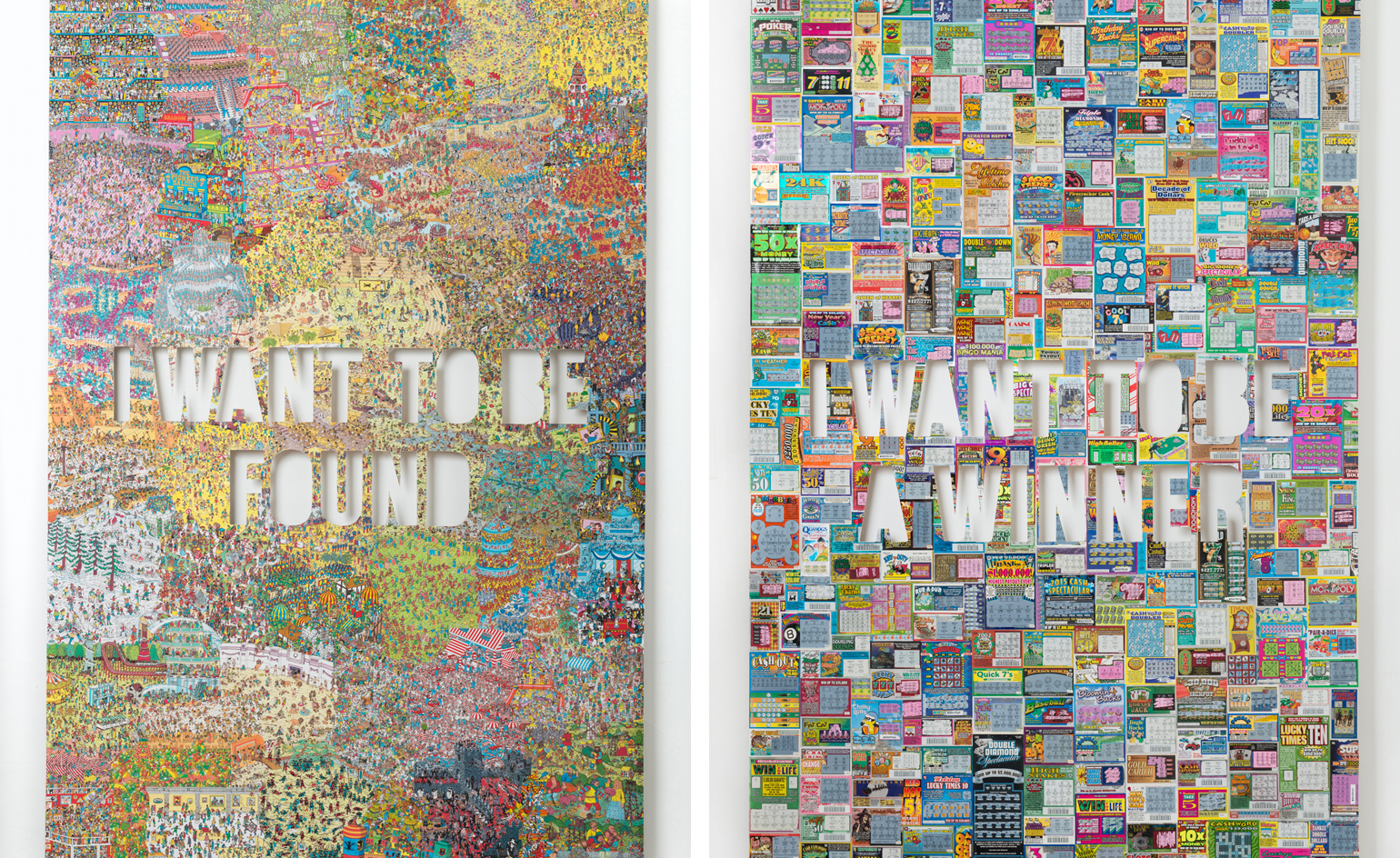
Irony pervades the work: I Want to be Found (pictured left) comprises a collage of Where’s Wally? illustrations; I Want to be a Winner (right) is made from hundreds of unsuccessful scratch cards

Pictured left: I Want to be Bad. Right: I Want a Cookie
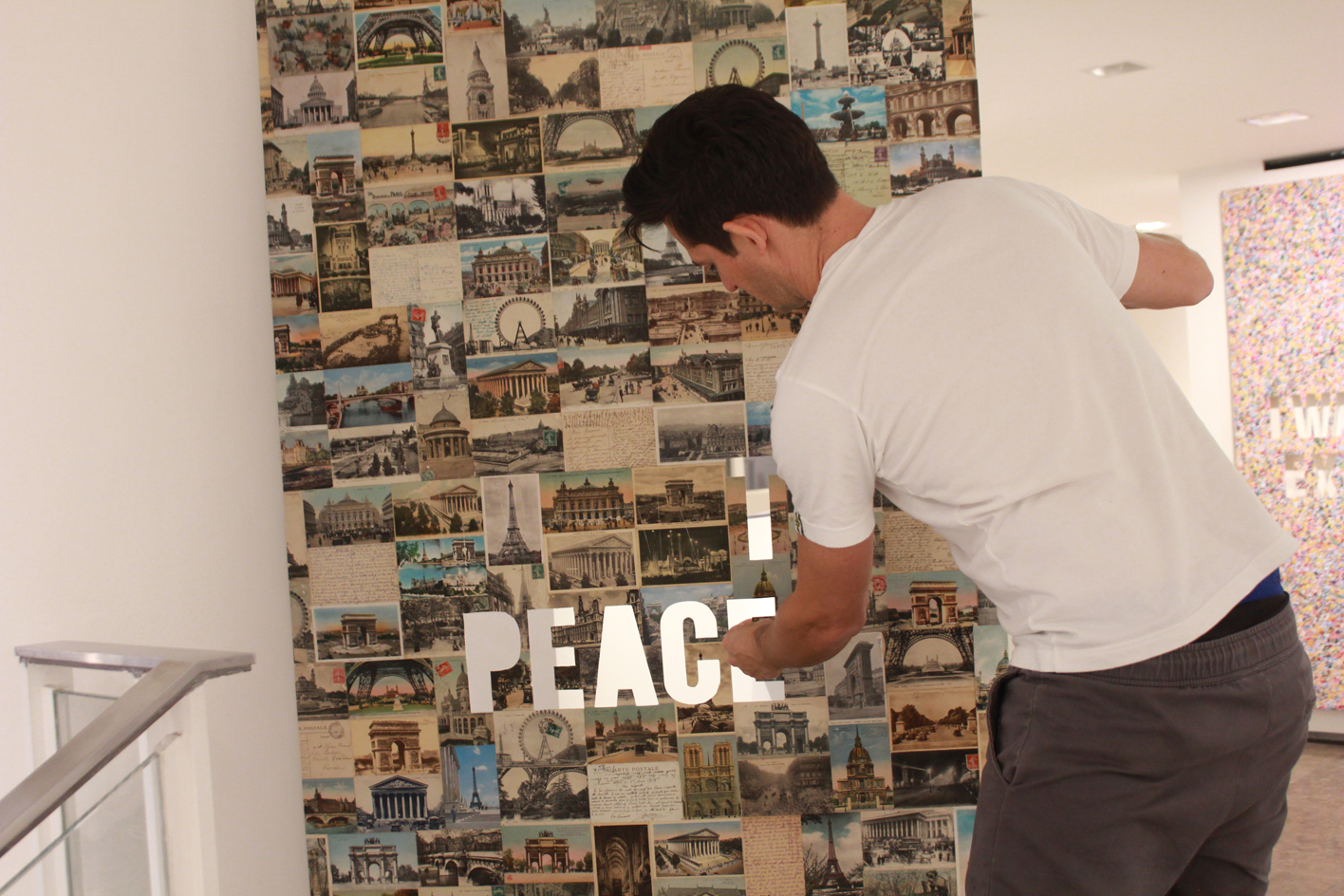
Rosen had conceived (and, indeed, started to create) his newest I Want Peace design (pictured) prior to the Paris attacks on 13 November
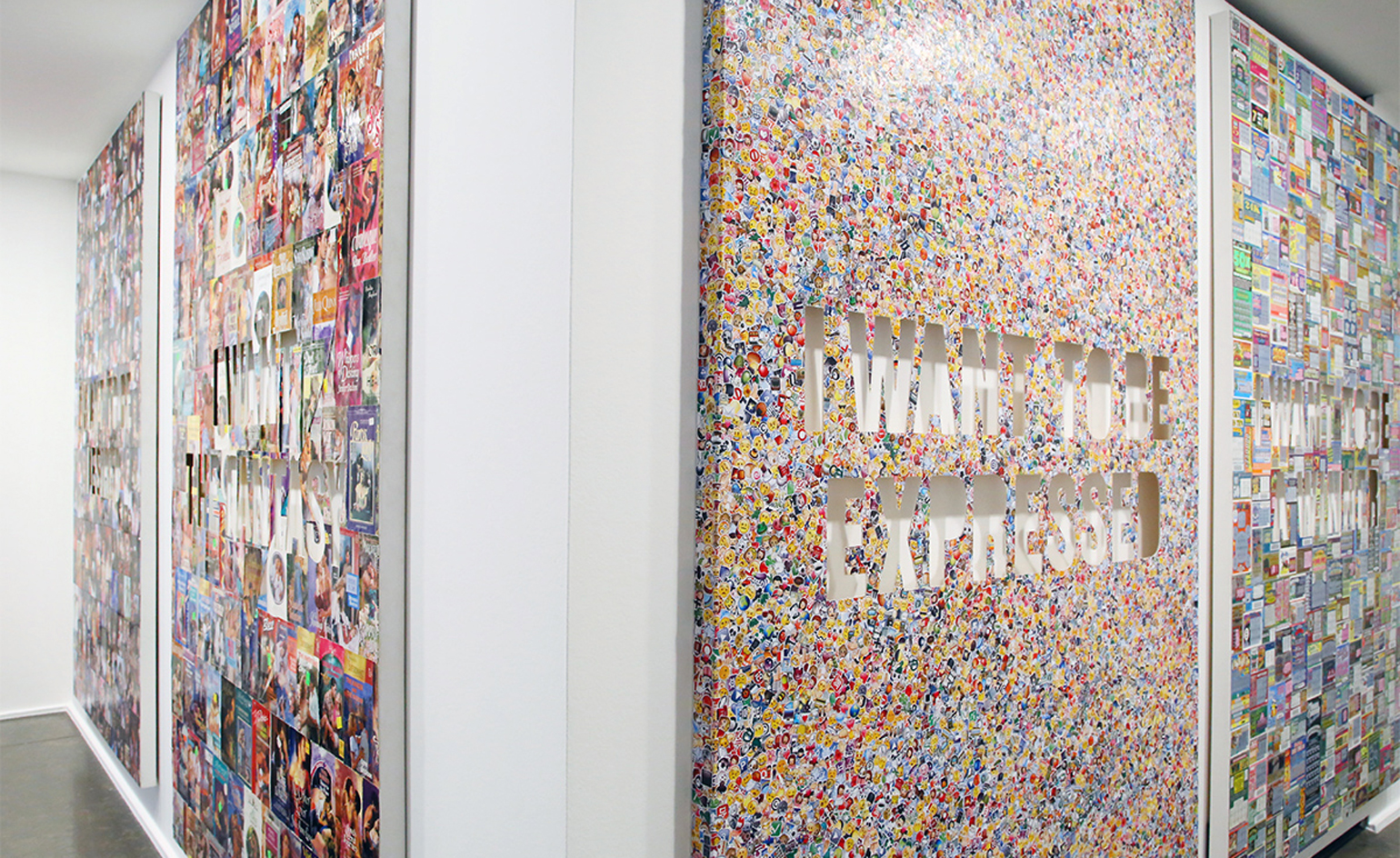
All proceeds from the I Want To Dream exhibition will go to the victims and families of those affected by the attacks
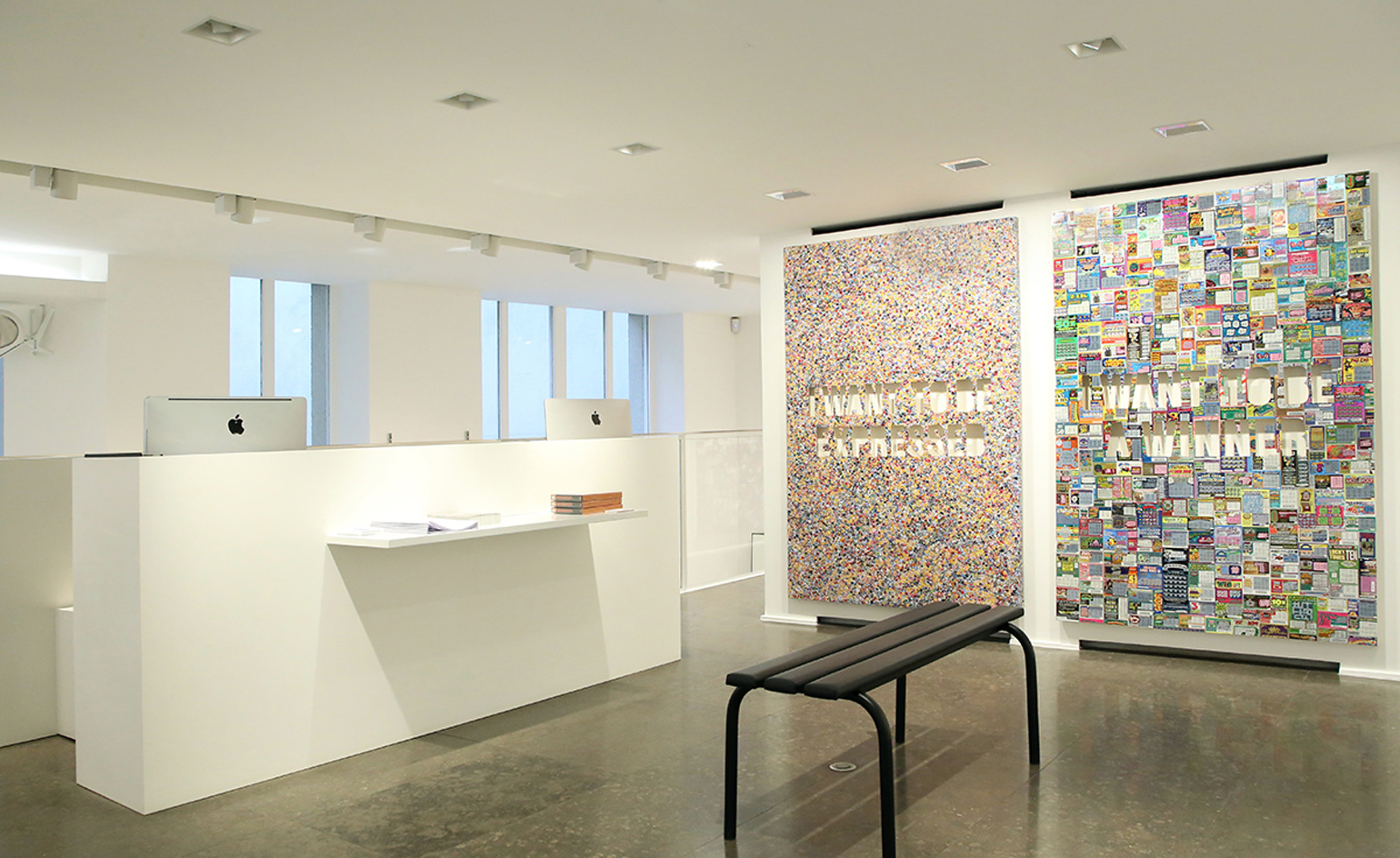
As Rosen explains, ’This piece is not mine; it is all of ours... it will forever be in Paris’

Here we see the poignant words I Want to Escape (pictured left) cut out from thousands of used ticket stubs, and I Want to Breathe shaped from an oppressive black background

Pictured left: I Want to be Expressed. Right: I Want to Fly, which is made from downy feathers, stuck firmly to the background
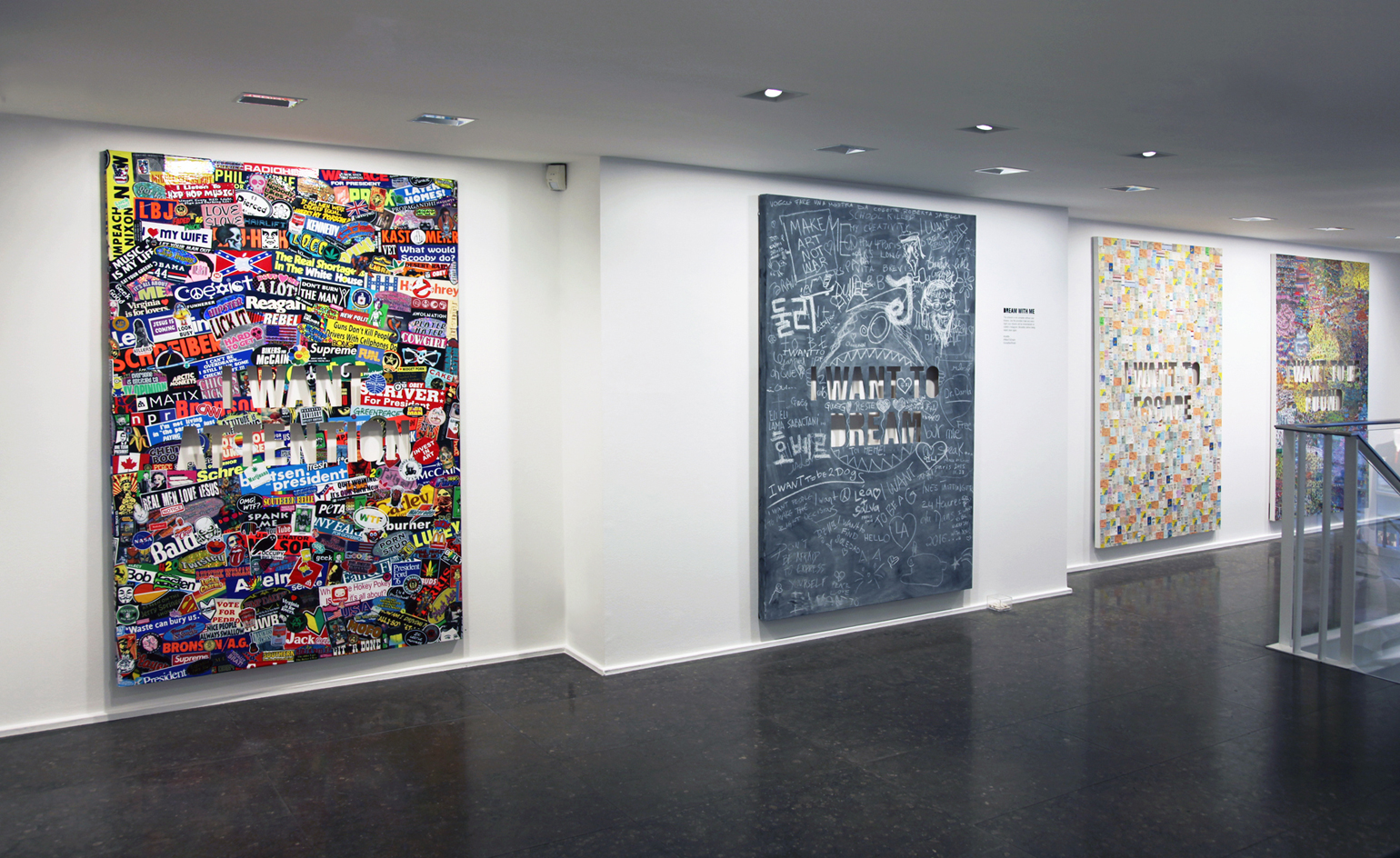
Rosen concludes, ’we can’t allow hate and terror to take away our dreams’
INFORMATION
I Want to Dream remains at Colette until 2 January 2016. For more information, visit Jonathan Rosen’s website, or the Collette website
Receive our daily digest of inspiration, escapism and design stories from around the world direct to your inbox.
-
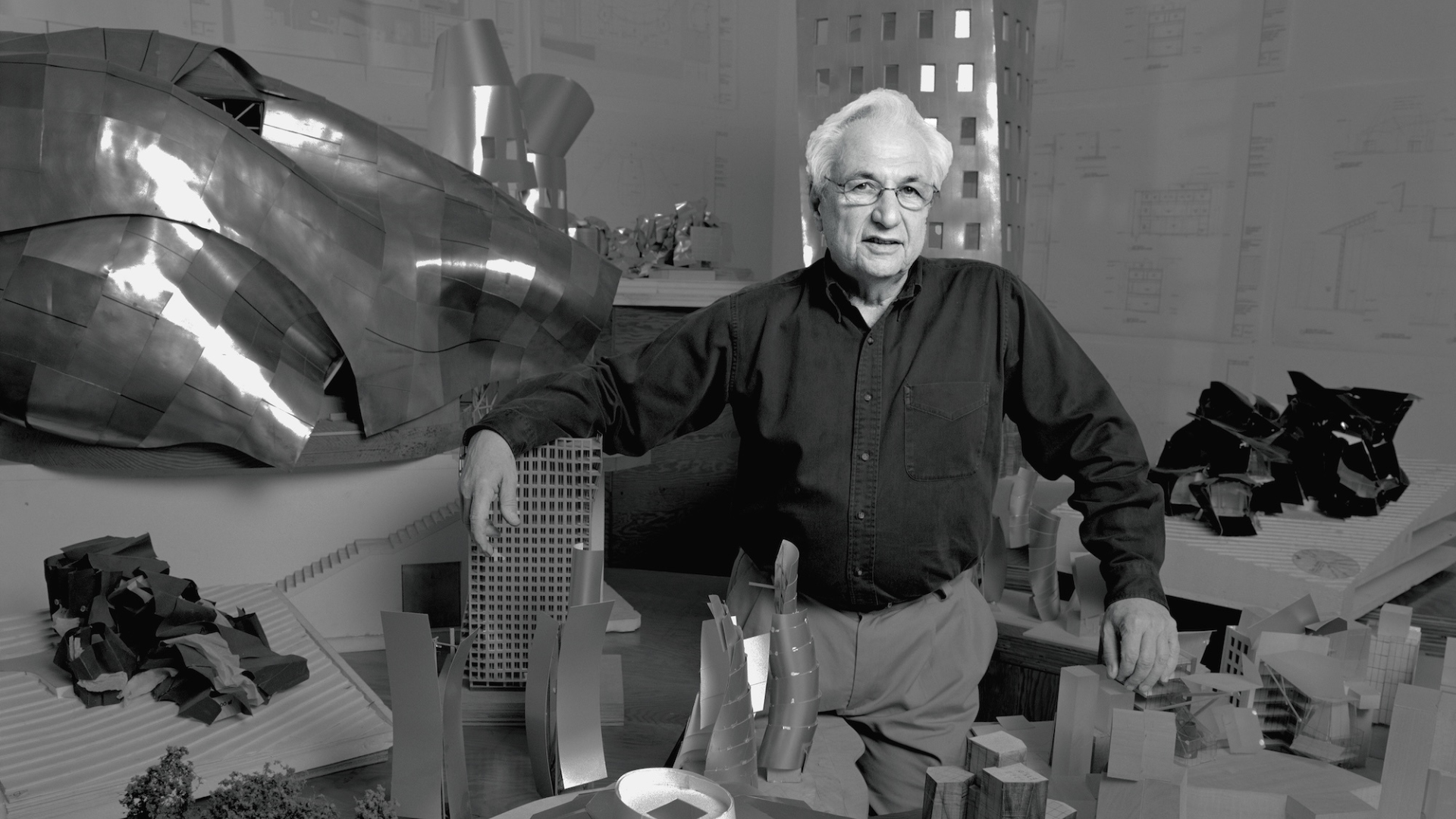 Remembering Frank Gehry, a titan of architecture and a brilliant human being
Remembering Frank Gehry, a titan of architecture and a brilliant human beingLong-time Wallpaper* contributor Michael Webb reflects on the legacy of the Los Angeles architect, who died today at age 96
-
 Lexus finally confirms the name of its all-electric LFA Concept supercar
Lexus finally confirms the name of its all-electric LFA Concept supercarStill designated a design study, the Lexus LFA Concept should be the successor to the most unlikely of all 20th-century supercars
-
 King of cashmere Brunello Cucinelli on his new biographical docu-drama: ‘This is my testimony’
King of cashmere Brunello Cucinelli on his new biographical docu-drama: ‘This is my testimony’Directed by Cinema Paradiso’s Giuseppe Tornatore, ‘Brunello: the Gracious Visionary’ premiered in cinematic fashion at Rome’s Cinecittà studios last night, charting the meteoric rise of the deep-thinking Italian designer
-
 Inez & Vinoodh unveil romantic new photography series in Paris
Inez & Vinoodh unveil romantic new photography series in ParisA series of portraits of couple Charles Matadin and Natalie Brumley, created using an iPhone in Marfa, Texas, goes on show in Paris
-
 Inside Davé, Polaroids from a little-known Paris hotspot where the A-list played
Inside Davé, Polaroids from a little-known Paris hotspot where the A-list playedChinese restaurant Davé drew in A-list celebrities for three decades. What happened behind closed doors? A new book of Polaroids looks back
-
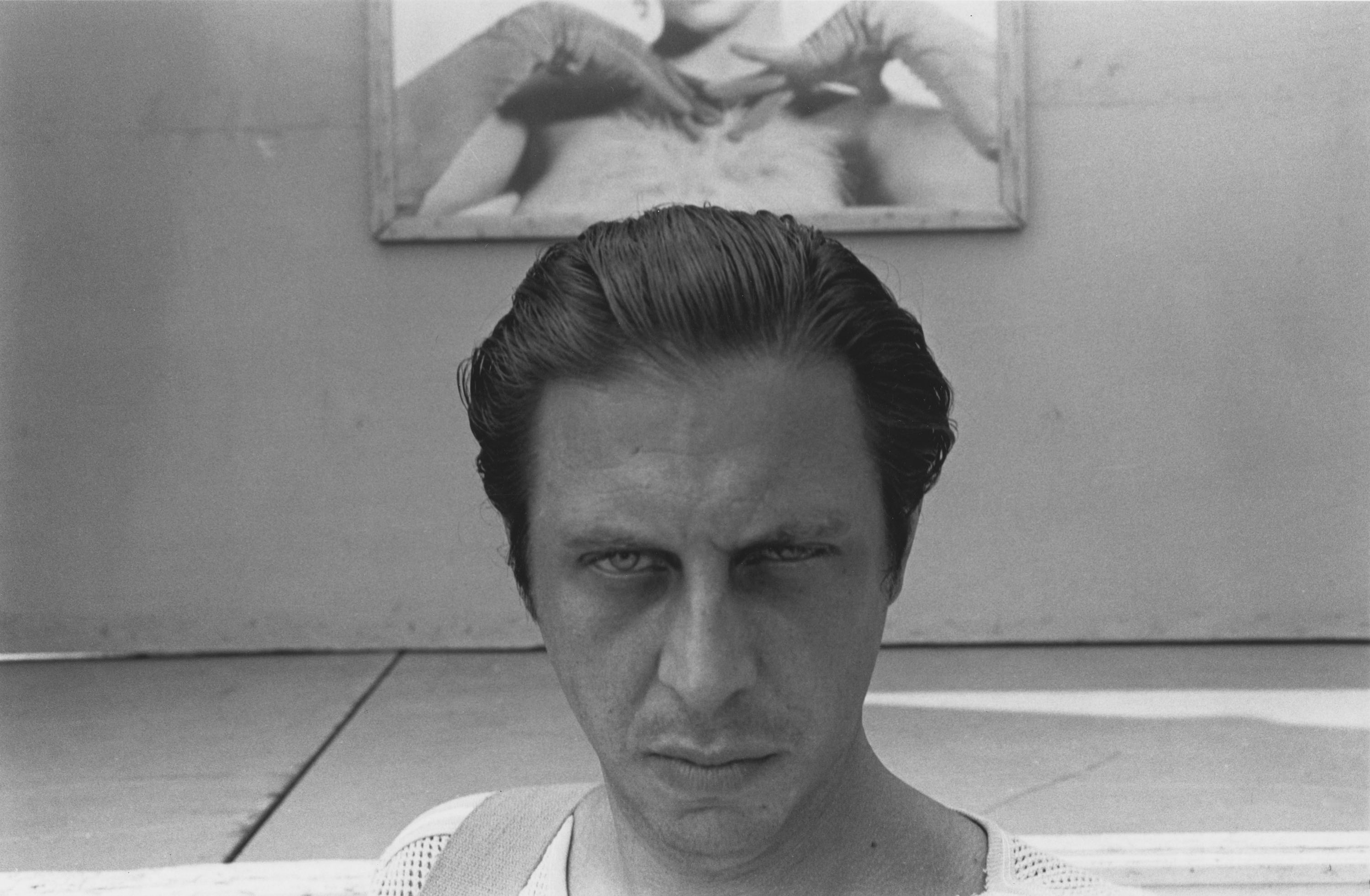 All eyes on Paris Photo 2025 – focus on our highlights
All eyes on Paris Photo 2025 – focus on our highlightsThe world's most important international photography fair brings together iconic and emerging names, galleries large and small – and there’s much to covet
-
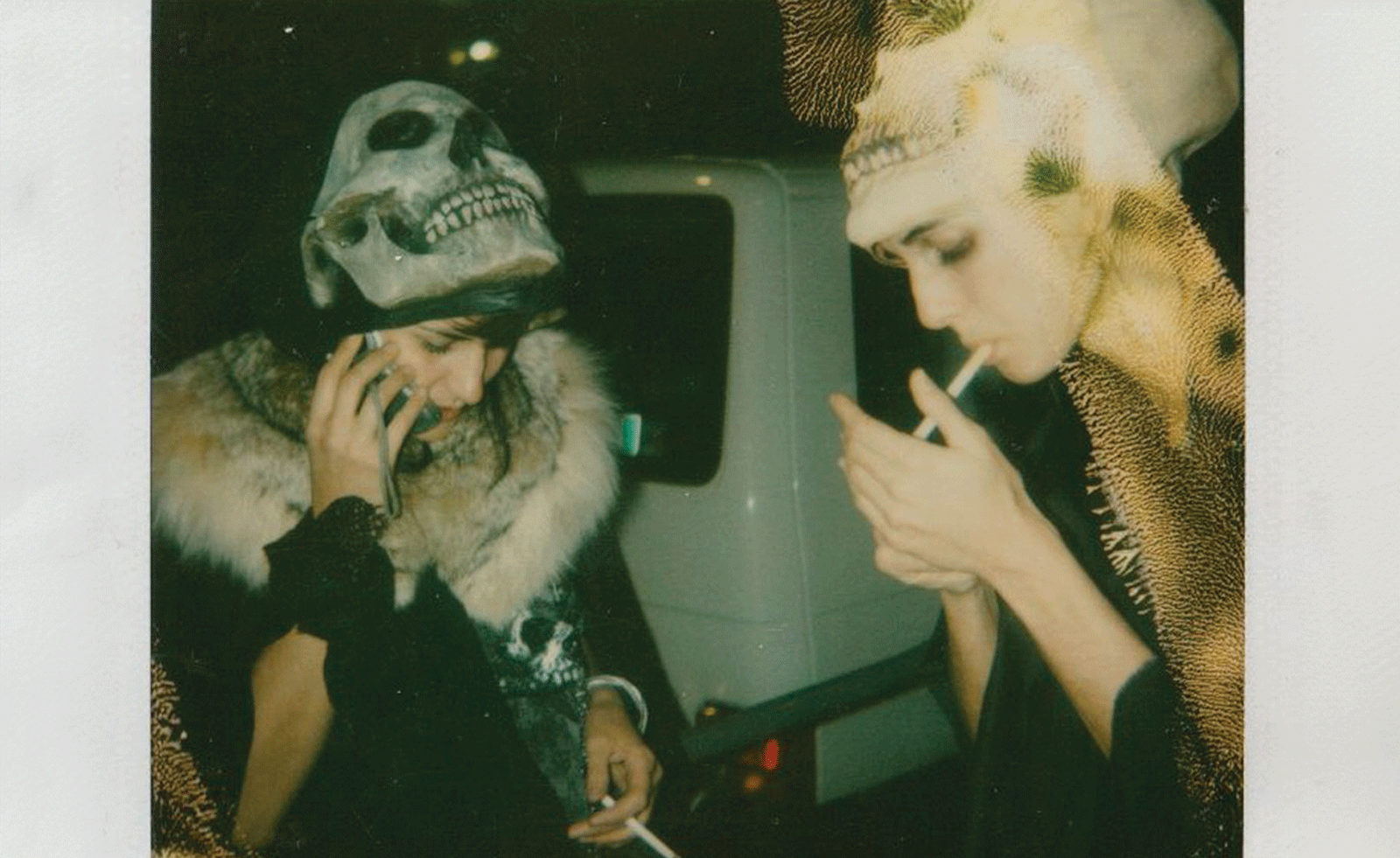 Ten things to see and do at Art Basel Paris 2025
Ten things to see and do at Art Basel Paris 2025Art Basel Paris takes over the city from 24-26 October. Here are the highlights, from Elmgreen & Dragset to Barbara Kruger and Dash Snow
-
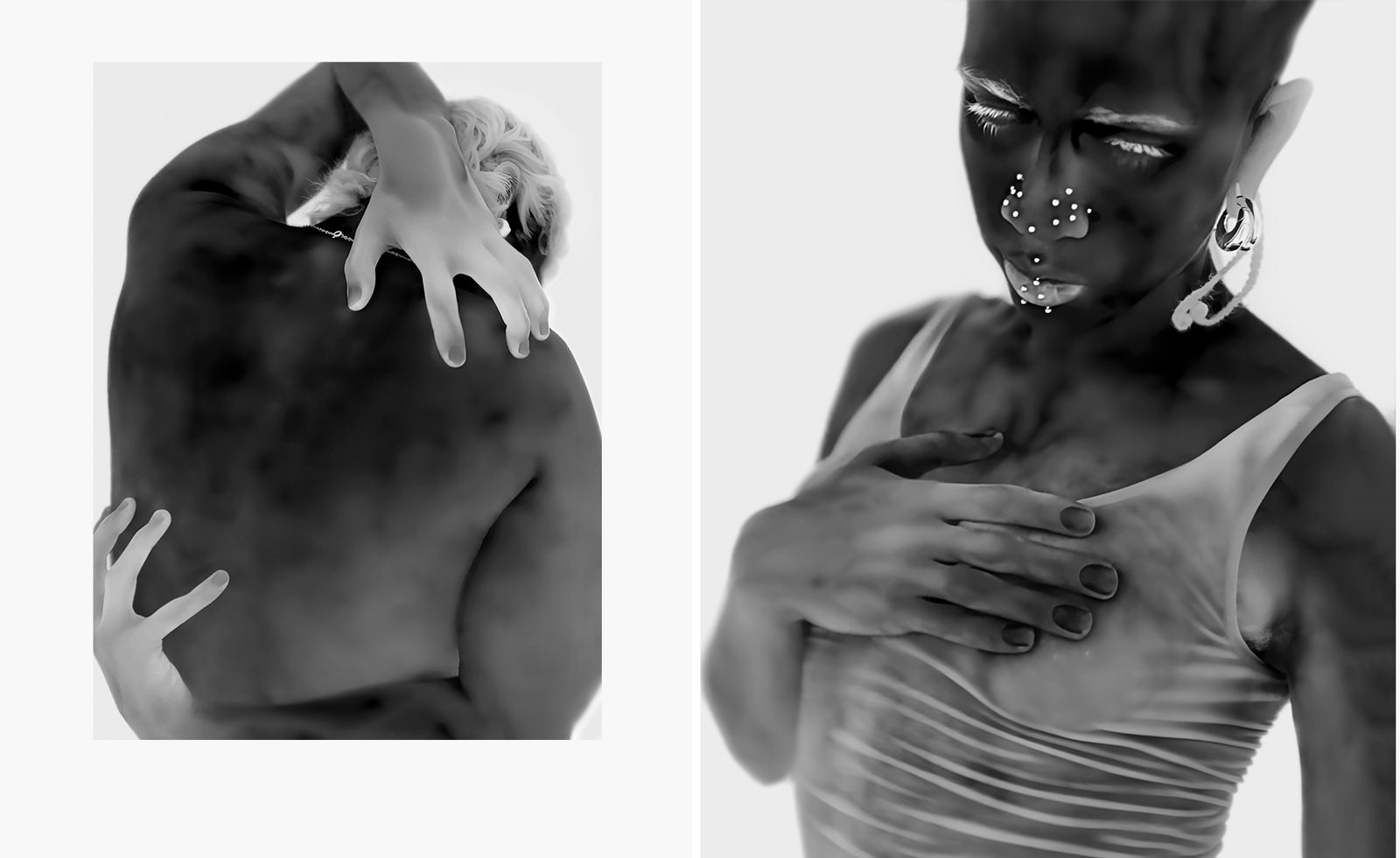 Yulia Mahr digs beneath the skin in her modern update of classic Greek statues in Paris
Yulia Mahr digs beneath the skin in her modern update of classic Greek statues in ParisIn 'The Church of Our Becoming', on view at the Courtyard at Dover Street Market Paris, Yulia Mahr celebrates real human bodies
-
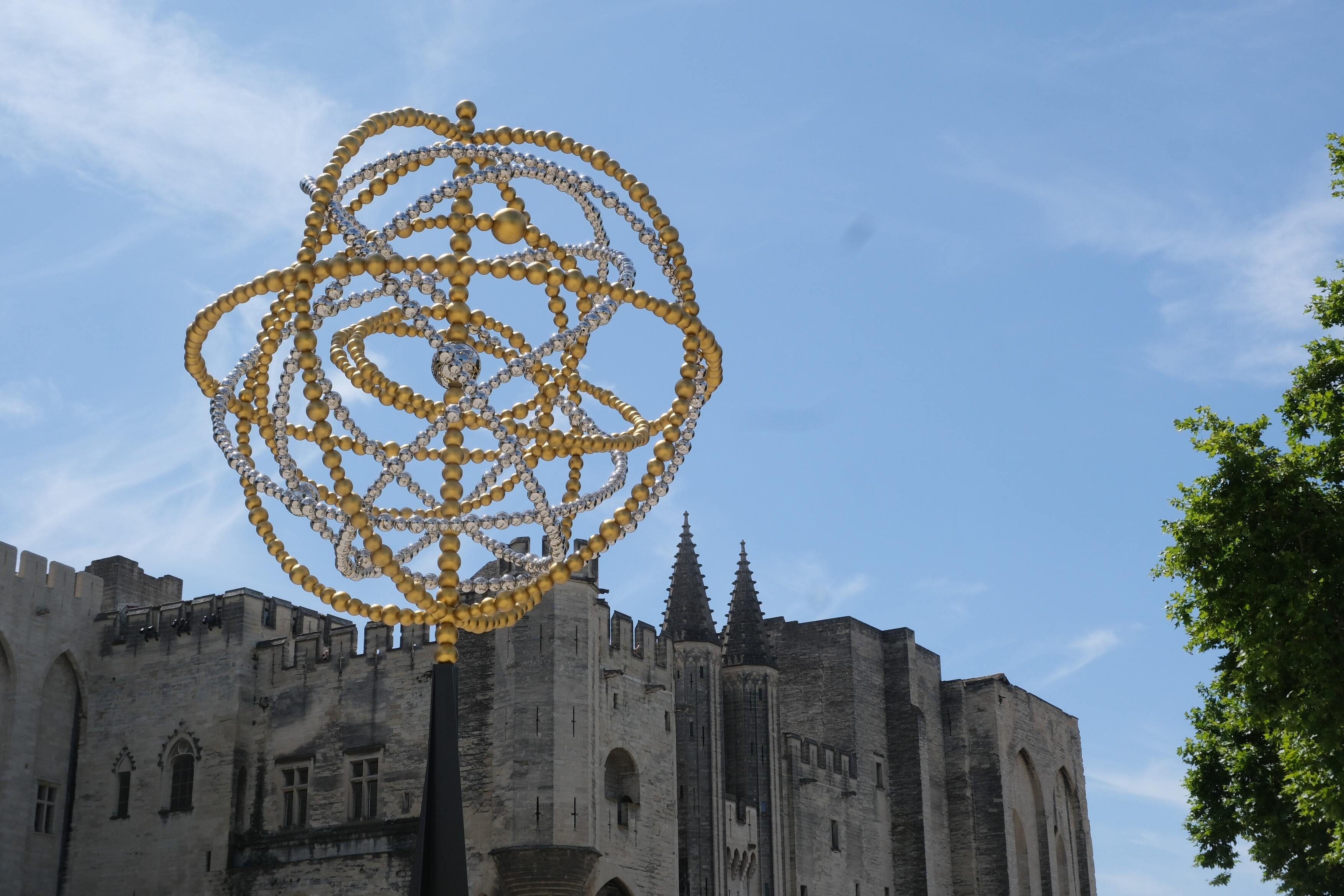 Jean-Michel Othoniel takes over Avignon for his biggest ever exhibition
Jean-Michel Othoniel takes over Avignon for his biggest ever exhibitionOriginally approached by Avignon to mark their 25th anniversary as the European Capital of Culture, Jean-Michel Othoniel more than rose to the challenge, installing 270 artworks around the city
-
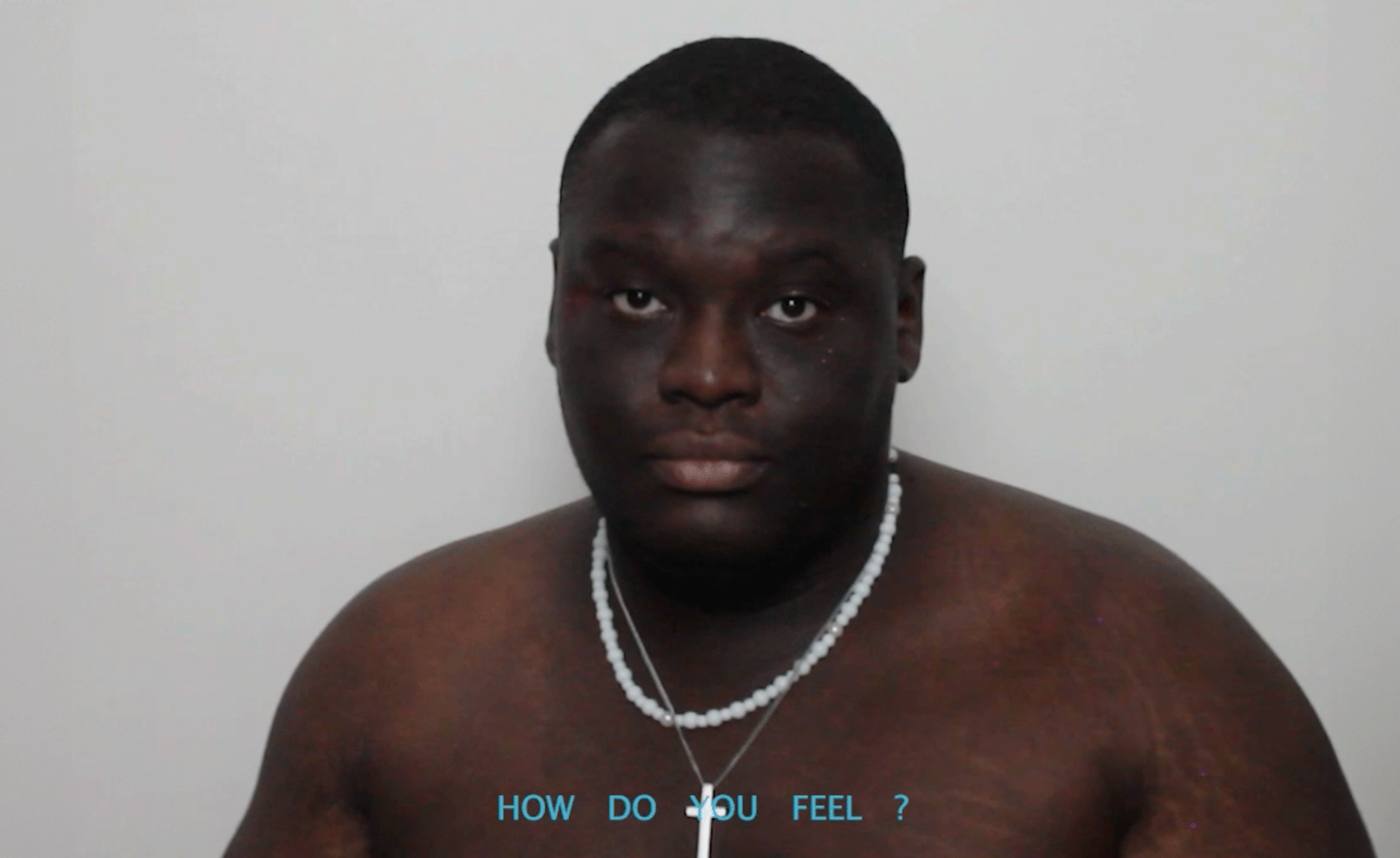 Joel Quayson’s winning work for Dior Beauty at Arles considers the theme ‘Face-to-Face’ – watch it here
Joel Quayson’s winning work for Dior Beauty at Arles considers the theme ‘Face-to-Face’ – watch it hereQuayson, who has won the 2025 Dior Photography and Visual Arts Award for Young Talents at Arles, imbues his winning work with a raw intimacy
-
 What to see at Rencontres d’Arles 2025, questioning power structures in the state and family
What to see at Rencontres d’Arles 2025, questioning power structures in the state and familySuppressed memories resurface in sharply considered photography at Rencontres d'Arles 2025. Here are some standout photographers to see